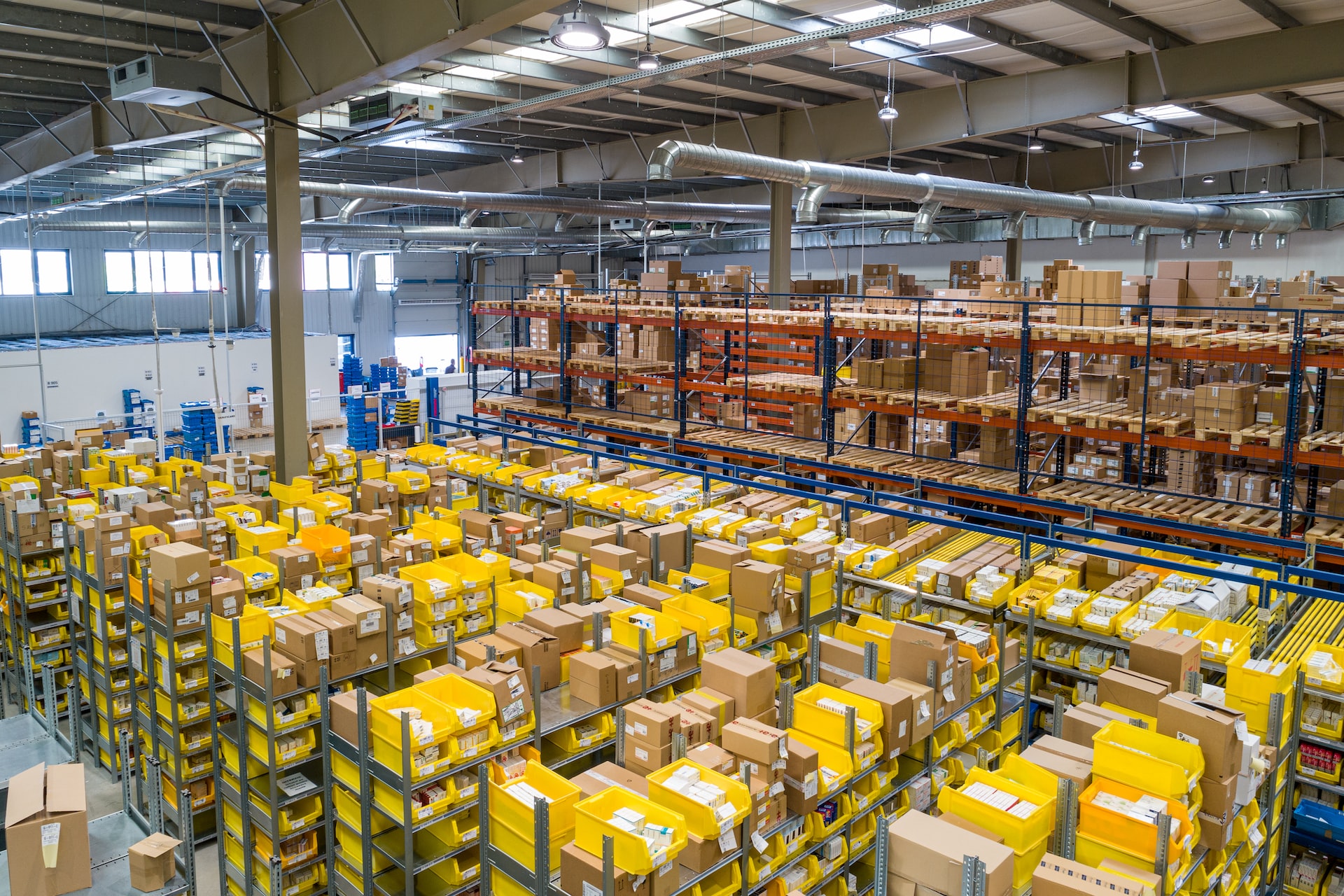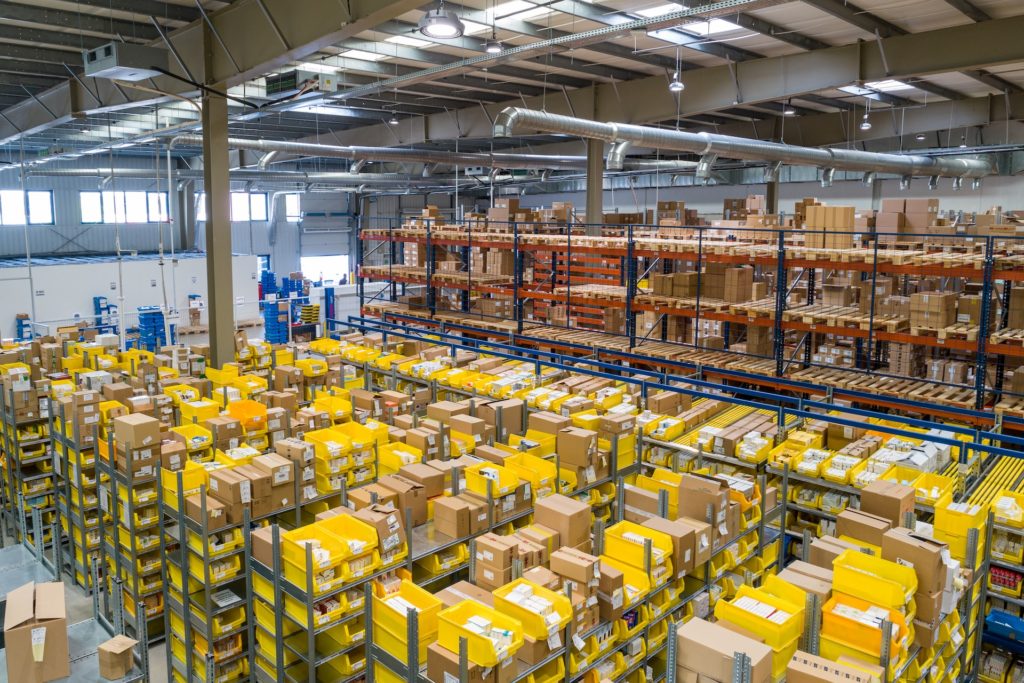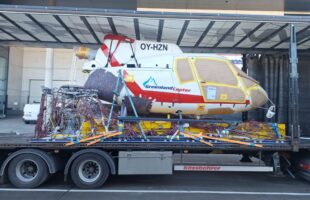

With the reopening of the Shanghai port at the beginning of June, the pandemic-induced freight backlogs are finally starting to clear. However, given the various knock-on effects, don’t expect supply chain disruptions to disappear for at least another nine to 12 months.
The good news is that most companies now realise that the traditional just-in-time (JIT) model has serious flaws and are reacting and adapting their strategies. Increasingly, they are working with third-party logistics (3PL) providers to detect and mitigate supply chain risks and address current constraints and bottlenecks. Most firms now view supply chain planning as a strategic opportunity when it was merely considered a cost optimisation effort before. Things have definitely changed.
For the past few decades, the industry buzzwords have been JIT, streamlining processes and simplifying the supply base. As such, many companies benefited from an overall stable global environment that has allowed them to optimise their supply chains to the extreme with low or no inventories and a very limited number of suppliers. It brought us to the current stage, with entire economies depending on the JIT model. But in the last few years, particularly during the pandemic, the situation has turned upside down.
Organisations realise that they must plan differently to become more resilient. They are looking to diversify their supply base. They’ve thrown out JIT and replaced it with “just-in-case”, building larger inventories.
Automation to mitigate labour shortages
The logistics sector is presently experiencing a lack of qualified labour globally. A report in Forbes in October 2021 suggested that ageing populations, technological advancements, and mental health/wellness issues all contributed to the shortage. Hence, companies are rightfully pushing for more automation, especially in warehouses. There are two significant trends here.
Firstly, we will soon see more autonomous vehicles and material handling equipment in warehouses. Those technologies are already very mature, and we just need the appropriate regulation to commercialise them. Automation will bring leaner logistics companies.
Then, there’s digitisation and data analytics. IoT (Internet of Things) devices can replace manual inventory recording with cloud-connected sensors that collect large amounts of data for analysis. AI and machine learning can predict customer demand based on past behaviour, allowing businesses to adjust stock levels ahead of time.
Toll’s subsidiary, ST Logistics, has implemented “smart cabinets” with RFID tags to manage inventories for high-value assets in Singapore’s healthcare sector. The system automatically includes the items removed from the cabinet in the billing process, reducing the need for a clerk to manually count the items consumed and request for a bill. Healthcare professionals’ time spent on inventory issues has also been freed up for them to focus on patient care.
As robots take over, skilled talent is needed
Many other applications create visibility in real-time, allowing all parties to look at the same data and see replenishment orders and inventory status. Machine learning and robotic process automation (RPA) will greatly impact our labour-intensive industry. By letting computers run standard operating procedures, including some of the communication, fully automated, we see immediate jumps of more than 75 percent in productivity levels. But this requires close collaboration with the customer to ensure a clear understanding of the business logic and decision tree in the execution of the supply chain.
A different talent is needed to focus on the user experience in the digital space. Firms are conducting more design thinking workshops and product management training to address specific client problems. The industry is also looking for more transparency and data on environmental footprint. More companies now consider ESG and carbon emission requirements a prerequisite to bidding for their business. Hydrogen trucks are increasingly used on the roads, while shipping lines quickly adopt biofuels. ESG is no longer a compliance item. It is an opportunity for strategic advantage and a value-add for the customer.
What’s ahead for Southeast Asia?
The fundamental challenge these days remains the diversification of the sourcing strategy. We talked about China+1 for many years. But if you look at the customer base, very few companies have decided to migrate sourcing capacity from China to the rest of Asia.
Big global firms are now pulling ahead. China is the world’s factory. They still hold a significant percentage of the manufacturing capacity in Asia. But that will change in the next 3 to 5 years. Countries like Vietnam, Indonesia, and Malaysia are taking a significantly higher share of sourcing volume.
The single biggest problem for Southeast Asia is still the infrastructure. If you look at the port capacity, road and railway networks, warehouse space, and industrial parks, the region doesn’t even have a fraction of what China offers today. This is a challenge but also an opportunity for one of the most promising global growth areas to build a 21st-century transportation system from scratch.
Words by Damon Gu, Global Head of Strategy & Business Development, Toll Global Logistics









